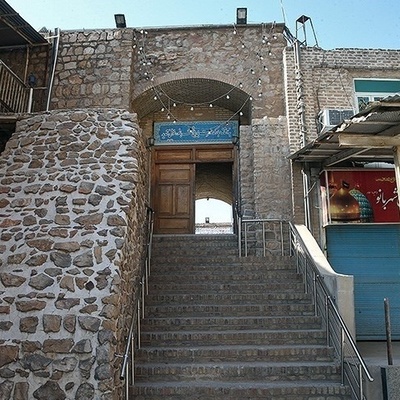SAEDNEWS: In Naser al-Din Shah’s time, Robat Karim was a vital hub on trade and travel routes. With abundant water, agriculture and gardens thrived, drawing the Shah’s attention to the area…

According to the History and Culture section of Saed News, traveling back to the Qajar era is like passing gently through a window into the past—a time when the echo of footsteps resonated through narrow city streets and beneath the shaded canopies of gardens. From the lively inns of Rasht to the lush gardens of Robat Karim, every step tells a story.

In Rasht, a city steeped in humid air and the scent of rain, inns served as resting places for weary travelers. The lively chatter of merchants, caravaners, and poets mingled with the steam rising from hot samovars, painting a vivid picture of everyday life. The inn walls, adorned with simple patterns and carpets that seemed to bring nature indoors, silently witnessed countless stories unfold.

As the road stretched toward Robat Karim, expansive gardens unfolded before the eyes. Beneath the shade of towering trees, an almost eternal calm seemed to flow. Small blue ponds, singing birds, and the fragrant blossoms of jasmine and bitter orange imparted a heavenly ambiance to the landscape.

Yet Robat Karim, beyond its gardens, served as a vital stop for caravan travelers—where not only the burdens of the road were set down, but the footprints of history could also be traced along the walls of its caravanserais. Heated discussions of politics and trade, alongside tales brought to life by the glow of lanterns, revealed a vibrant pulse at the heart of the era.

This journey from Rasht to Robat Karim is more than a geographic passage—it is a voyage into the heart of Iranian culture and history. Beneath the glittering veneer of the Qajar court, simple people lived with grand dreams, and every corner of the land offered a vivid portrait of the rich mosaic that is Iranian identity.


